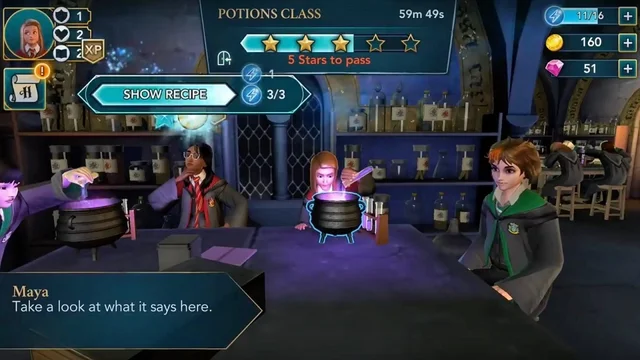Gaming Needs - Understanding Player’s Emotions
- Rony Gankin

- May 28, 2023
- 4 min read

Step into the shoes of a game designer, where understanding player emotions isn't just a novel concept, it's the crux of creating immersive and profitable gaming experiences. When a player feels understood and engaged, they're more likely to stick around and even invest financially in the game.
Gaming used to offer a clear deal, you pay a set amount and receive a finished product to play at your leisure. MMOs, PvP-centric experiences, and the rise of Free-to-Play games have all changed this equation, requiring game developers to be able to engage and monetize players better and longer.
This article explores how to tap into that emotional connection, and why it's so crucial to the success of your game.

A Quick Intro to NVC
Nonviolent Communication (NVC) isn't just for conflict resolution - it's a valuable tool for understanding human needs and emotions. NVC teaches us that emotions are born of met and unmet needs, thus, a game designer will look to understand which needs their players have at any moment and how the game can best meet and capitalize on those needs.

Let's take a role-playing game, for instance. When a player chooses to protect a character, it might reflect their need for companionship or their empathetic response to the character's plight. By identifying and addressing these needs in game design, we create experiences that resonate deeply with players.

The Emotional Landscape
Emotions are the heart and soul of gaming, driving players on a rollercoaster ride of excitement, tension, loss, triumph, and many more emotions are the bread and butter of a good game. It's important to remember that emotions are not a constant state but a diverse range. For instance, in the Batman Arkham series, when players are defeated, they are naturally upset, which in turn is cleverly transformed into motivation and challenge through the taunting remarks of their adversaries appearing above Batman to goad.

We see a similar approach with the ‘Extra Moves’ offers. Players work hard to succeed at a stage in the need for accomplishment, they are content to struggle a little because of our need for challenge, and naturally, in a well-designed game, the players will also lose from time to time, shy a few steps from victory. This is where the frustration comes into play and capitalizing on the need for success the developers push out the ‘Extra Moves’ offer. This rollercoaster of emotion is born of an understanding of the player’s needs and will often lead to successful monetization as well.
Designing for Emotional Engagement
Imagine playing an energy-based game, you find yourself running out of energy within a few short minutes of playing an amazing game and there’s no way to play anymore. How likely it is you will start looking for substitutes? Very likely.
This issue is that the same emotion is triggered repeatedly reducing its effectiveness as a driver to action over time.
Then, there’s also the bigger picture. Many games use this very same tactic, making players even less likely to be successfully converted into paying users, and, the first purchase is often the most important one to have the players make.
As such, many games are looking to have more than just one emotional trigger.
Companionship, intrigue, fear, and attraction are some of the emotions that relate to the need to belong and the need to connect driven by the physical appearance of a game’s characters which can then be translated to monetization through collection mechanics.
Competitiveness, frustration, eagerness, empowerment, and inspiration are related to the need for meaning, and the need for autonomy which can be triggered by combat and PvP, leading to monetization surrounding those.
Curiosity, fear of missing out, fascination, calmness, and relaxation are related to the need for Connection, Peace, and Freedom which can be triggered by exploration using secret areas, beautiful vistas, and level design.
Almost every need can be targeted and met with different techniques and systems, and then also used to incentivize players to spend on the game.
Balancing Monetization and Player Satisfaction
Think of monetization as a rewarding system rather than a mere business strategy. If a player buys an exclusive skin for their character, celebrate that investment. Make the character shine in the game's lobby, or trigger a unique animation. This positive reinforcement not only validates their purchase but also creates a positive feedback loop that makes them more likely to spend again, without feeling exploited.
By aligning offers and monetization systems with player needs, positive emotional experiences are fostered. Royal Match exemplifies these concepts, with its match-3 gameplay and boosters that generate explosions and cascading matches, creating an emotionally stimulating experience where every purchase allows players to both experience more of the game as well as its best attributes.

The Bottom Line
In the dynamic world of game design, understanding and addressing player emotions is a game-changer. It deepens player engagement, boosts player retention, and optimizes monetization strategies. By employing the principles of Nonviolent Communication, we can design games that don't just entertain but resonate with players on a deeply emotional level. Remember, when players feel understood and valued, they're not just playing a game - they're embarking on an experience.

Games Mentioned:
Batman Arkham series
Candy Crush
Hero Wars
Raid: Shadow Legends
Gardenscapes
Royal Match










Comments